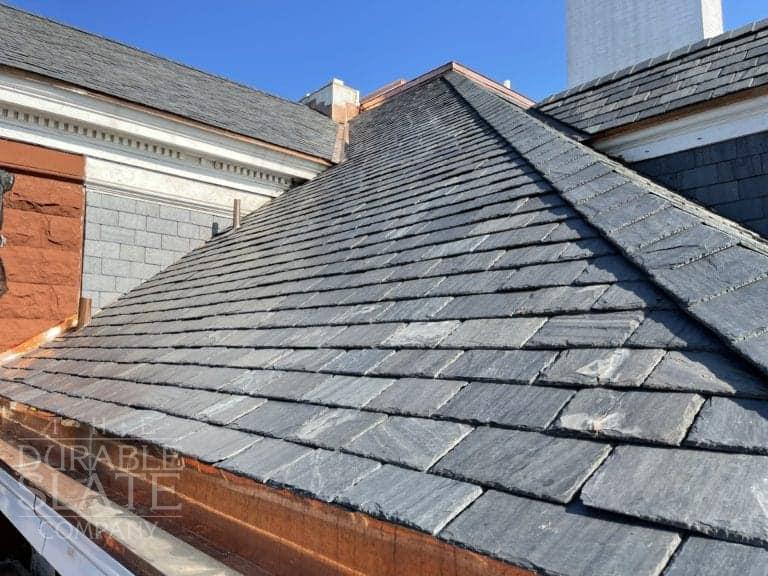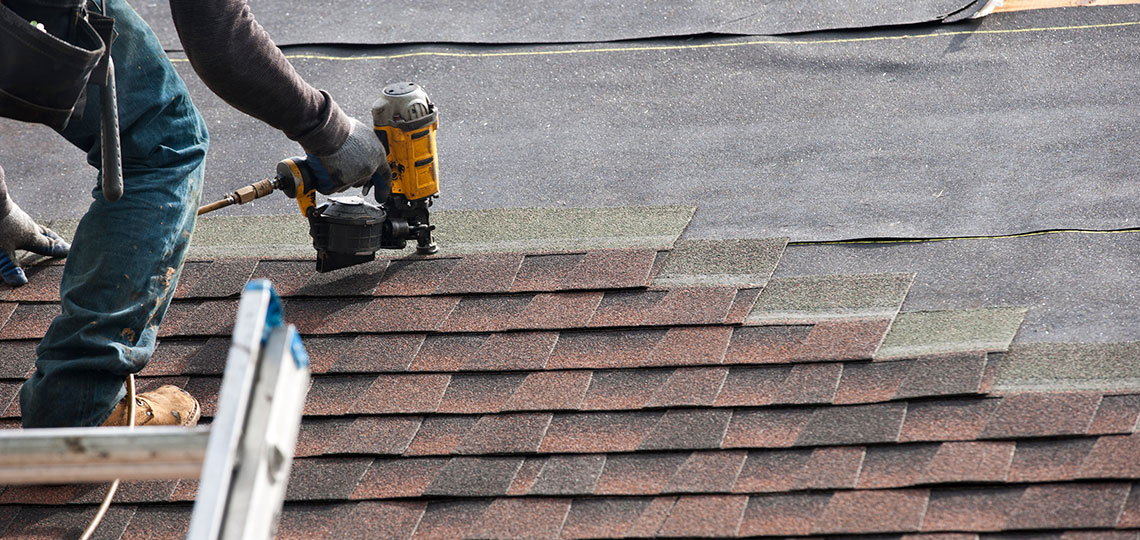Vital Concerns to Ask Gainesville Roofing Companies Prior To Working With
Vital Concerns to Ask Gainesville Roofing Companies Prior To Working With
Blog Article
Finest Practices for Ensuring Appropriate Roof Air Flow
A well balanced consumption and exhaust air vent proportion, generally 1:300, plays a crucial function, with consumption vents ideally placed at the reduced side of the roofing for great air entrance and exhaust vents at the height for warm air exit. Keeping insulation away from vents is important to avoid air flow limitation.
Understand Air Flow Essentials
Effectively understanding air flow fundamentals is vital for making certain the durability and efficiency of roofing systems. Efficient air flow alleviates dampness accumulation and temperature level extremes in the attic, both of which can result in substantial structural damage in time. A well-ventilated roof covering helps in preventing usual issues such as mold and mildew development, wood rot, and ice dams, which can jeopardize the honesty of the roofing products and the underlying frameworks.
The key objective of ventilation is to help with the movement of air, enabling a constant exchange between the exterior and indoor environments. This balance is achieved through a combination of intake and exhaust vents that collaborate to maintain ideal air flow. Consumption vents, usually situated along the eaves or soffits, enable fresh air to go into the attic room room, while exhaust vents, frequently positioned at or near the roof covering ridge, allow hot, humid air to run away.
Trick variables affecting the effectiveness of roofing system air flow consist of proper positioning, adequate sizing, and making certain that both intake and exhaust vents are unhampered. Regular examination and upkeep are vital to determine prospective clogs, damages, or inadequacies in the air flow system, therefore safeguarding the roof's efficiency and sturdiness.
Sorts Of Roof Covering Vents
Roofing vents play an essential role in keeping effective attic room ventilation and, by expansion, the overall health of the roofing system. Different types of roof covering vents are offered, each with unique benefits customized to certain roof covering demands. Ridge vents, for example, are installed along the roof covering's top, permitting cozy, moist air to leave from the attic. They use constant air flow and blend flawlessly with the roofline, making them both effective and visually pleasing.

Soffit vents are mounted under the eaves and work in tandem with roof covering vents to make sure a well balanced intake and exhaust system. By enabling cooler air to enter from below, soffit vents assist in the expulsion of warm air through upper vents. Gable vents, located on the exterior wall surfaces of the attic, deal an additional efficient option, specifically in homes with gable roofs.
Assess Your Existing Ventilation

Following, consider the age and problem of your roofing materials and ventilation components. Older systems might not follow existing building ordinance or might have worn away over time, lowering their effectiveness. Conduct an extensive assessment to identify any type of signs of wear and content tear, such as rust, damages, or spaces that might jeopardize the system's performance.
Additionally, measure the attic temperature level and humidity degrees. Heats and moisture can suggest poor ventilation - roofing companies gainesville florida. Use a hygrometer and thermostat to get exact analyses, contrasting them with outside conditions. Relentless discrepancies recommend possible issues that require addressing.
Installation Best Practices
Efficient installment of roof air flow systems is extremely important for guaranteeing optimum performance and longevity. Correct setup starts with recognizing the certain ventilation requirements of the building and the roofing it covers. This entails calculating the correct ratio of intake to exhaust vents, usually adhering to the 1:300 rule, which stipulates one square foot of air flow for each 300 square feet of attic floor space.

Consumption vents should be installed at the roof's lower edge, usually in the soffits, to permit amazing air to get in. Exhaust vents, on the various other hand, ought to be installed near or at the roofing's optimal to facilitate the exit of warm, moist air.
Seal all vent links thoroughly to avoid air leaks and prospective water infiltration. Use premium products and comply with manufacturer guidelines to guarantee sturdiness and effectiveness. Additionally, integrating ridge vents with baffles can substantially improve air movement performance by preventing wind-driven rain and snow from getting in the attic room.
Inevitably, precise installation of roofing ventilation systems mitigates potential problems such as mold growth, ice dams, and architectural damage, making certain the roofing other system's honesty and the building's general health and wellness.
Regular Maintenance Tips
Consistency in upkeep methods is basic to making certain the lasting efficiency of roofing ventilation systems. Normal examinations are essential, preferably carried out biannually-- in the spring and autumn. Throughout these inspections, make certain that vents are without particles, nests, and various other blockages that could hinder air flow. Look for any type of indicators of wetness accumulation or mold and mildew, as these can suggest incorrect ventilation or leakages (gainesville roofing companies).
Cleaning up the vents is another essential job. Utilize a soft brush or a vacuum cleaner to remove dirt and debris from consumption and exhaust vents. Be cautious not to harm the vent screens or louvers during the process. Furthermore, evaluate the attic area for any signs of water damages, which might compromise the integrity this post of the roof covering system.
Appropriate insulation is just as crucial. Guarantee that attic room insulation does not block the vents, as this can significantly limit airflow. Reposition or change it to maintain an efficient barrier. if any insulation has changed or cleared up.
Lastly, replace any harmed or missing out on parts quickly. Broken vents, split tiles, or deteriorated flashing can all contribute to poor air flow and should be addressed immediately. Routine upkeep makes sure that the roof air flow system operates ideally, therefore prolonging the lifespan of the roof itself.
Verdict
Making certain appropriate roofing air flow is vital for maintaining the efficiency and resilience of a roof system. Adherence to the 1:300 intake and exhaust air vent ratio, coupled with the calculated positioning of vents, is essential. Regular semiannual evaluations, debris cleaning, and making sure insulation does not obstruct air movement are important practices. Applying these finest practices will certainly foster a well-ventilated roof covering system, consequently mitigating possible issues associated with moisture buildup and too much heat, inevitably prolonging the roofing's lifespan.
A well balanced intake and exhaust air vent proportion, commonly 1:300, plays a crucial role, with consumption vents preferably put at the lower edge of the roof for awesome air entry and exhaust vents at the optimal for warm air departure. Consumption vents, commonly located along the soffits or eaves, enable fresh air to go into the attic space, while exhaust vents, typically positioned at or near the roof ridge, enable hot, damp air to run away.
Soffit vents are mounted under the eaves and work in tandem with roof vents to guarantee a well balanced intake and exhaust system. By allowing cooler air to get in from below, soffit vents promote the expulsion of warm air via top vents. Adherence to the 1:300 intake and exhaust vent ratio, coupled with the tactical positioning of vents, is essential.
Report this page